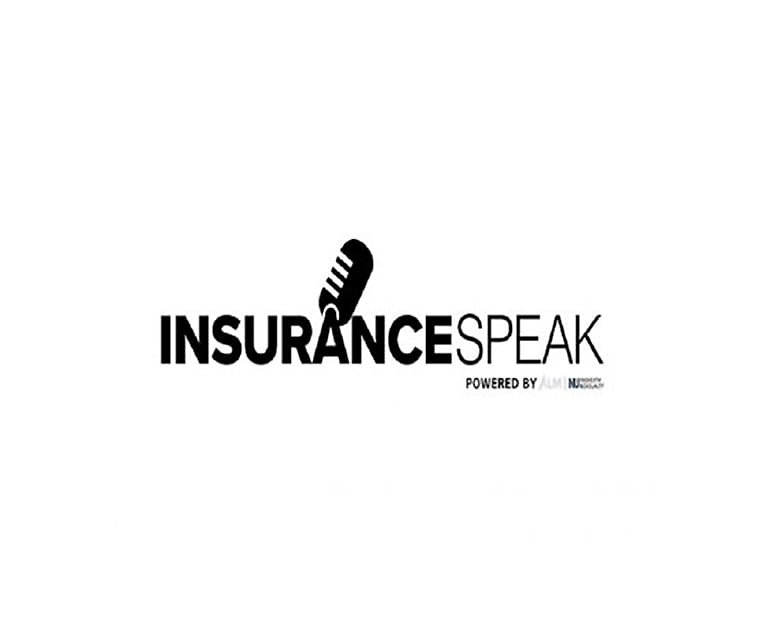Insurers are in the business of risk, but many may have anorganizational blind spot when it comes to dealing with morestrategic threats that could disrupt their value proposition andbusiness model.
|For example, what if the advent of driverless cars eliminatesthe need for personal auto liability insurance? Will medicaladvances extend life spans to the point where life insurance andannuity products need to be radically changed to remain viable? Andhow should carriers respond if major online retailers start tounderwrite as well as distribute insurance products?
|Related: Where risk management meetsstrategy
|These are just a few examples of emerging strategic risks thatwill likely require a different approach by insurers when comparedto the management of more traditional exposures they routinely facein terms of underwriting, pricing, reserving, placement ofreinsurance and management of their investment portfolio.
|What about all those insurers that have adopted enterprise riskmanagement (ERM)? Don’t they have more esoteric challenges covered?Not necessarily. Indeed, while ERM eliminates some of the internalsilos inhibiting traditional risk managers from addressingorganization-wide exposures such as reputational or politicalrisks, the approach could come up short when facing moreexistential strategic threats.
|What's different about strategic risks?
|The first step to rectifying this situation is appreciatingwhat’s different about strategic risks and how insurers should goabout managing them.
- Rather than focusing on standard, fluctuating exposures thatare part of a company’s everyday operations, strategic risk management (SRM)primarily addresses longer term, game-changing trends in society,technology and the economy, as well as their impact on thefundamental way an insurer (and perhaps the entire industry)conducts its business.
- Strategic risks are difficult to predict and often even harderto quantify, which goes against the grain of standard, operationalrisk management.
- Most importantly, unlike more traditional risk management, SRMnot only recognizes the potential upside of strategic risks, itspractitioners look to achieve significant growth anddifferentiation by capitalizing on—rather than being victimizedby—such disruptive threats. It involves both mitigation andcommercialization.
To deal more systematically and effectively with evolving andemerging strategic threats, insurers should look to advance furtheralong the risk management maturity curve by integrating SRM intotheir organizational infrastructure. To accomplish this, carrierscould adopt a framework that can accelerate the discovery ofpotentially disruptive developments and help carriers adapt morequickly to any radical change in future businessconditions.
||
(Photo: Shutterstock)
|Establish a leader to spearhead SRMtranformation
|The first step is to establish a clear leader to spearhead a SRMtransformation and integrate the new discipline throughout aninsurance company’s operations, while also assuring direct, regularinvolvement by senior management and the board of directors. Oneoption is to appoint or upgrade the responsibilities of an existingrisk manager—particularly if the company already has an enterpriserisk manager or chief risk officer in place—to become more of acatalyst than a compliance steward. However, other C-suite memberscould fill this role as well, depending on a company’s structureand culture.
|To fully empower a new SRM function, carriers also need to:
- Build or fortify risk sensing tools.
- Run computer-based simulation models to train executives toroutinely think in terms of SRM.
- Prepare a scenario-based action plan to identify, assess andrespond to key strategic risks.
- Conduct periodic mock drills to test preparedness and responseoptions.
- Establish a continuous feedback loop for senior management andthe board.
- Implement remedial programs to offset the effect of anypsychological biases that could hinder an organization’s responseto potential strategic threats spotted on the horizon.
Being proactive rather than reactive in dealing with strategicrisks has become an imperative in this rapidly evolving economy andculture. At a minimum, the radical pace at which innovativetechnologies and new competitive paradigms are penetrating anddisruptingnearly every area of business is likely to challenge thefundamentals and standard operating procedures of the insurancebusiness more than ever before.
|By building SRM capabilities, insurers can:
- Institutionalize processes to spot and manage strategic risksin time to make a course correction. • Bolster the odds ofanticipating and mitigating against a potentially disruptive trendbefore it threatens to overwhelm their value proposition andbusiness model.
- Improve their response time versus the competition, bothexisting and emerging.
- Change the mindset from defense to offense, by stressingopportunities to grow rather than focus only on how to prevent orat least minimize the impact of emerging threats.
The alternative is to deal with strategic risks on an ad hocbasis, which increases the chances of a carrier being caughtunaware of a potential existential threat on the horizon, or atleast undermine their ability to respond in a systematic way—notonly to ward off the challenge, but to capitalize on it.
|To learn more about how insurers can integrate SRM into theirstandard operating procedures, please refer to our full report on“Strategic Risk Management in Insurance: Navigatingthe Rough Waters Ahead.”
|Sam J. Friedman ([email protected]) isinsurance research leader with Deloitte’s Center for FinancialServices in New York. Follow Sam on Twitter at @SamOnInsurance, as well as on LinkedIn.
|Jaykumar Shah is assistant manager for insurance withDeloitte’s Center for Financial Services in Mumbai, India.
Want to continue reading?
Become a Free PropertyCasualty360 Digital Reader
Your access to unlimited PropertyCasualty360 content isn’t changing.
Once you are an ALM digital member, you’ll receive:
- All PropertyCasualty360.com news coverage, best practices, and in-depth analysis.
- Educational webcasts, resources from industry leaders, and informative newsletters.
- Other award-winning websites including BenefitsPRO.com and ThinkAdvisor.com.
Already have an account? Sign In
© 2024 ALM Global, LLC, All Rights Reserved. Request academic re-use from www.copyright.com. All other uses, submit a request to [email protected]. For more information visit Asset & Logo Licensing.








